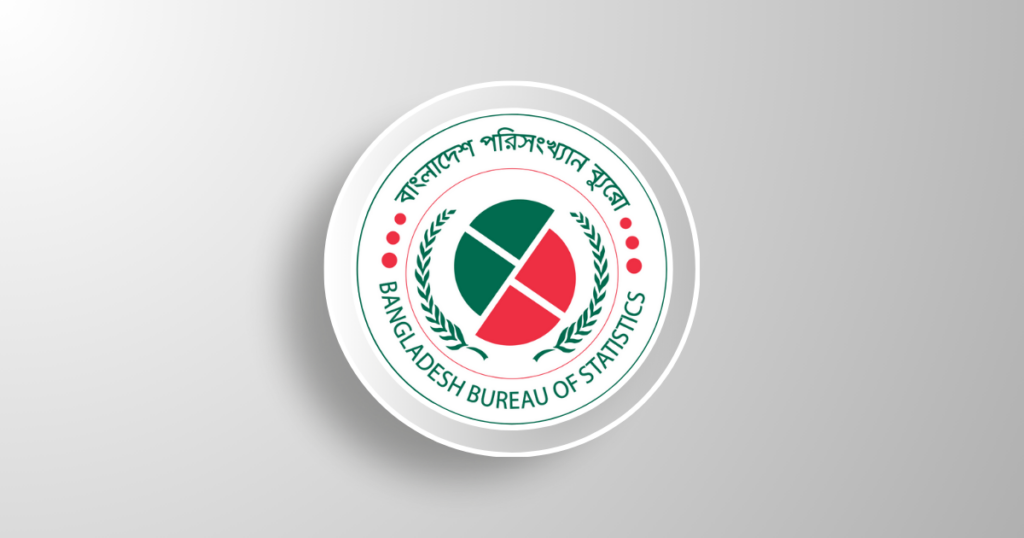The Bangladesh Bureau of Statistics (BBS) released its Food Security Statistics 2023, revealing that approximately 21.91% of households in the country are grappling with moderate or severe food insecurity. The report, based on a survey of 29,760 households, highlighted regional variations, with the highest percentage (29.98%) of households experiencing moderate or severe food insecurity in the Rangpur Division.
Breaking down the data, Sylhet Division had the highest proportion (1.42%) of households facing severe food insecurity. In contrast, Rajshahi Division had the lowest percentage (0.51%) of households experiencing severe food insecurity. The findings indicated that the situation was complex, with urban areas (20.77%) showing slightly lower food insecurity than rural areas (24.12%).
The dissemination event of the key findings included insights from Dr. Shahnaz Arefin, Secretary of Statistics and Informatics Division, who emphasized the survey’s importance in understanding the nation’s food security landscape. Efforts were discussed to create a dashboard on the country’s food system, and officials highlighted the need to address food wastage to alleviate food insecurity. The survey is expected to inform government policies related to food security, with a focus on diverse food intake trends and different socioeconomic classes.
In terms of employment status, the report indicated that working individuals faced a food insecurity rate of 21.23%, while those not working experienced a slightly higher rate at 22.56%. Additionally, the survey highlighted variations in food insecurity across different income brackets, with the poorest facing a severity rate of 1.72%, compared to 0.41% for the richest class.
The data underscores the significance of addressing food security challenges in Bangladesh, prompting discussions on policy interventions and strategies to minimize food wastage and enhance the resilience of vulnerable households.

